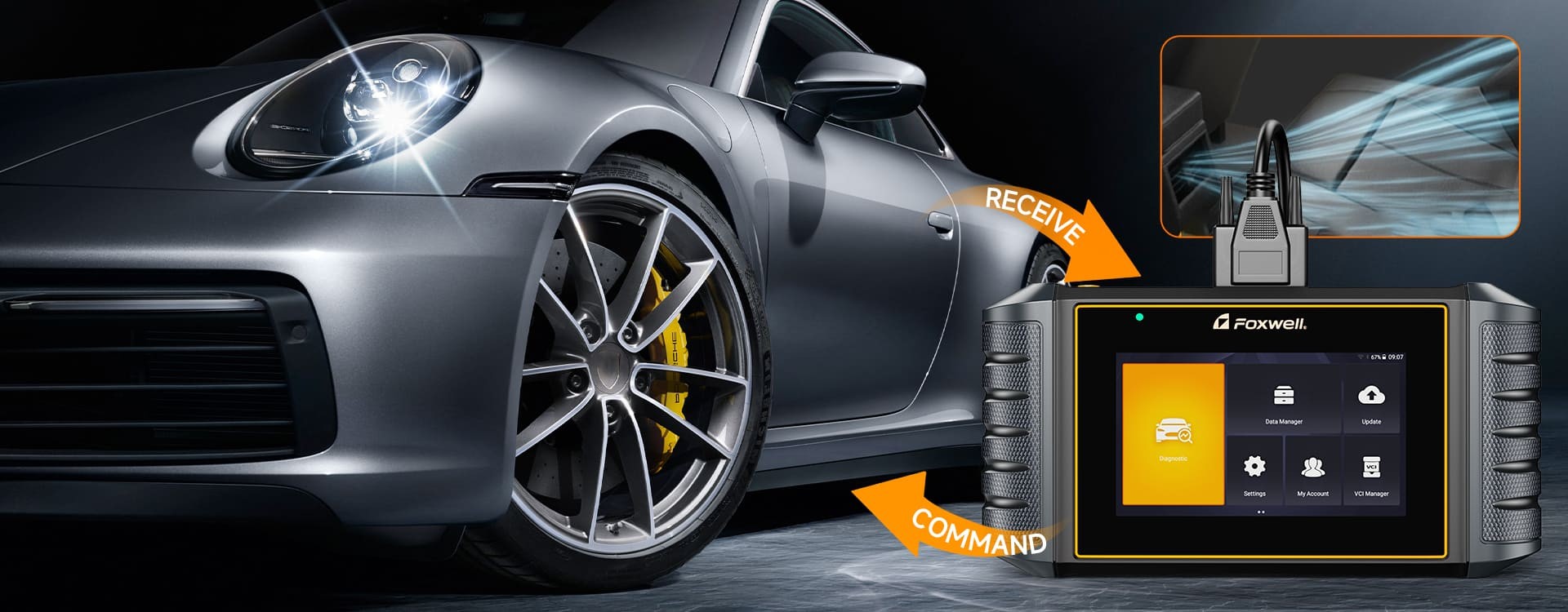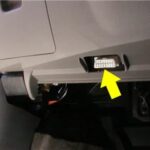OBD2 scanners are essential tools for diagnosing car problems, but not all scanners can read airbag (SRS) codes. Understanding the role of OBD2 in airbag diagnostics is crucial for maintaining vehicle safety. This article explores the specifics of Obd2 Airbag systems, how to diagnose issues, and what to look for in a suitable scanner.
What Scanner Can Read Airbag Codes?
Standard OBD2 scanners primarily focus on engine and transmission codes. To diagnose airbag issues, you’ll need an OBD2 airbag scanner, also known as an SRS scanner. These specialized tools delve deeper into the vehicle’s systems, providing access to the Supplemental Restraint System (SRS) data.
A quality OBD2 airbag scanner should offer:
SRS System Compatibility:
- Specialized Software: The software needs to decode the specific communication protocols used by the SRS.
- Firmware Updates: Regular updates ensure compatibility with the latest vehicle models and their evolving airbag systems.
Enhanced Diagnostic Functions:
- Full-System Diagnostics: Look for scanners that go beyond basic OBD2 functions and offer comprehensive diagnostics across multiple vehicle systems.
- Live Data Streaming: Real-time data from airbag sensors allows for precise diagnosis and pinpointing intermittent problems.
Comprehensive Vehicle Coverage:
- Wide Range of Makes and Models: Ensure the scanner supports your specific vehicle’s make and model, including both domestic and foreign vehicles.
- Manufacturer-Specific Codes: The ability to read manufacturer-specific codes, beyond generic OBD2 codes, is essential for in-depth diagnostics.
User-Friendly Interface:
- Intuitive Display: A clear and easy-to-navigate display makes interpreting complex data manageable.
- Guided Diagnostics: Some scanners offer step-by-step troubleshooting guides, making the diagnostic process easier for DIY users.
Recognizing a Bad Airbag Sensor: Key Indicators
A malfunctioning airbag sensor can compromise your safety. Here are common signs of a potential problem:
Airbag Warning Light:
The most obvious indicator is an illuminated or flashing airbag warning light on your dashboard. This light, often depicting a figure with an airbag, signals a problem within the SRS.
Diagnostic Trouble Codes (DTCs):
An OBD2 airbag scanner will reveal specific DTCs related to the airbag system. Common codes like B1100, B1102, or B1103 often indicate sensor issues.
Physical Inspection:
Visually inspect airbag sensors, typically located in the front bumper, near the radiator, or within the passenger compartment. Look for damage, corrosion, or loose connections.
Diagnosing a Bad Airbag Sensor: A Step-by-Step Guide
- Connect an OBD2 Airbag Scanner: Use a specialized scanner to retrieve SRS codes from the vehicle’s OBD2 port.
- Interpret the Codes: Consult the scanner’s manual or an online database to understand the meaning of the retrieved codes.
- Inspect Sensor and Connections: Examine the sensor for physical damage and ensure all connections are secure and free from corrosion.
Checking and Clearing Airbag Codes: A Comprehensive Guide
- Gather Tools: You’ll need an OBD2 airbag scanner and your vehicle’s service manual.
- Locate OBD2 Port: Typically found under the dashboard, consult your manual if needed.
- Prepare Vehicle: Turn off the engine and turn the ignition to the “On” position without starting the engine.
- Connect Scanner: Plug the scanner into the OBD2 port and power it on.
- Navigate Menu: Select your vehicle’s make and model, then choose the SRS system.
- Read Codes: Initiate the scan and note down any retrieved fault codes.
- Interpret Codes: Use resources like your service manual or online databases to understand the codes.
- Clear Codes (After Repair): Once the issue is resolved, use the scanner to clear the codes.
Will an Airbag Light Clear Itself?
No, an airbag light will not clear itself. It requires manual clearing with an OBD2 airbag scanner after the underlying problem is fixed. The light serves as a crucial safety reminder, ensuring the driver is aware of potential airbag system malfunctions.
Conclusion
Addressing airbag issues promptly is vital for safety. Investing in a reliable OBD2 airbag scanner empowers you to diagnose and address these problems effectively, keeping your vehicle’s safety systems in optimal condition. Remember to always consult a professional mechanic if you’re unsure about any aspect of airbag system repair.


